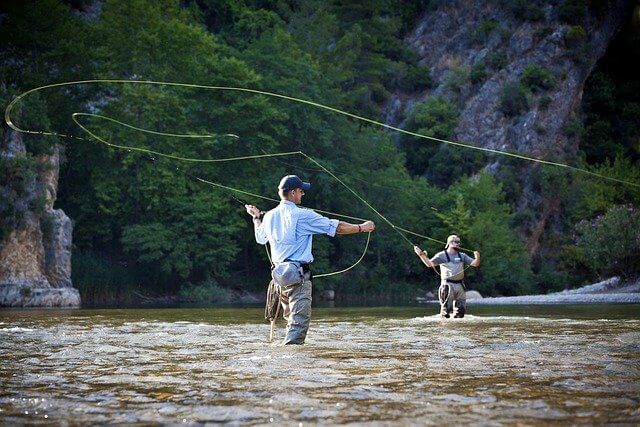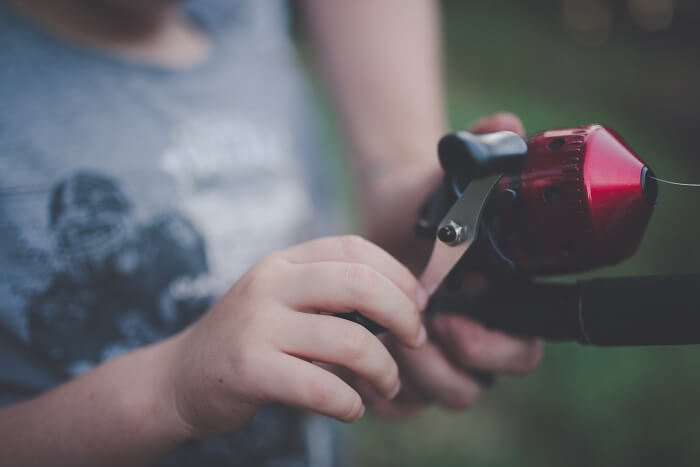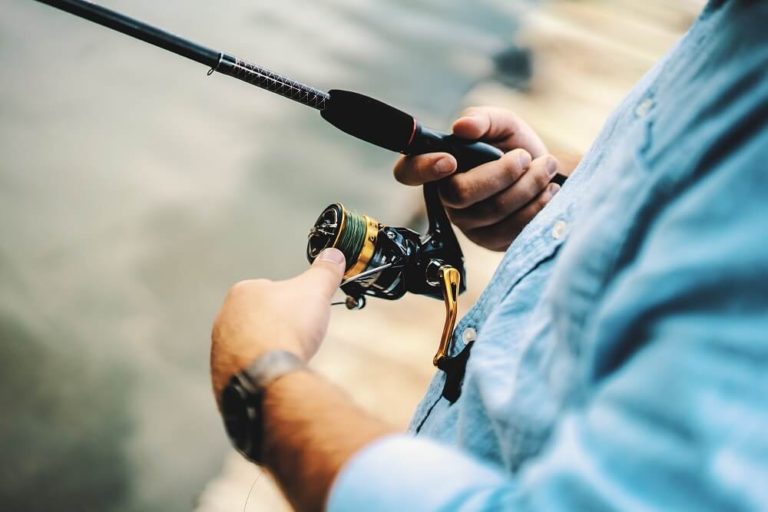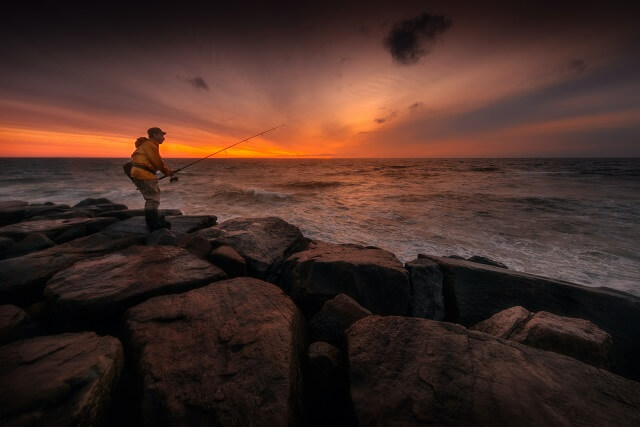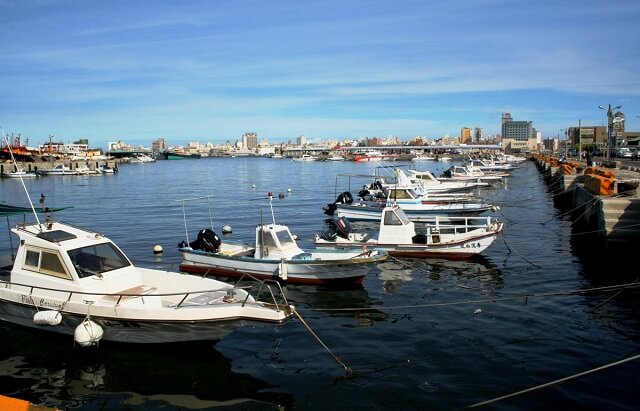What Is Magnet Fishing?
Have you ever walked past a river or lake, and pondered whether there may be anything interesting underneath the water?
What about taking a metal detector out with you to see what you can find? If so, then magnet fishing may be something for you.
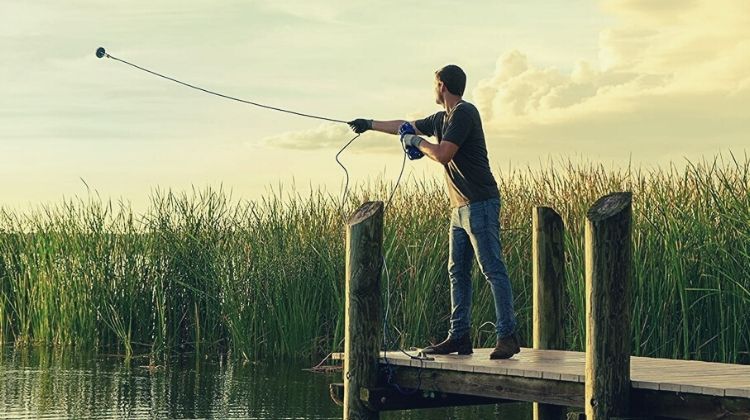
Magnet fishing is the activity of using small powerful magnets attached to ropes, which are thrown into rivers or lakes, to discover objects hidden in the bed of that body of water.
This is done by choosing an area where people have thrown things into the water before (such as rivers located near storm-drains).
The items discovered could vary dramatically – including lost jewelry, rusty knives and forks, scrap iron for recycling etc.
However, it has been suggested that because some magnets are so strong, they could also attract objects such as bullets and firearm cartridges from a considerable distance.
In this article, we will cover about what is magnet fishing, and all the basic info that you need to know about it. So, keep reading.
What is magnet fishing?
Magnet fishing is the activity of using small powerful magnets attached to ropes, which are thrown into rivers or lakes, to discover objects hidden in the bed of that body of water. This is done by choosing an area where people have thrown things into the water before (such as rivers located near storm-drains).
The items discovered could vary dramatically – including lost jewelry, rusty knives and forks, scrap iron for recycling etc. However, it has been suggested that because some magnets are so strong, they could also attract objects such as bullets and firearm cartridges from a considerable distance.
Magnet fishing can be great fun and very rewarding, but take care! Always seek local advice about potential hazards before starting out.
What you’ll need For Magnet Fishing:
Strong magnets:
Most magnets used for magnet fishing have a pulling force between 500-1000 pounds. The stronger the magnet, the further it will pull objects from the river bed. Neodymium magnets are best for using in magnet fishing. Here is one of the best for you.
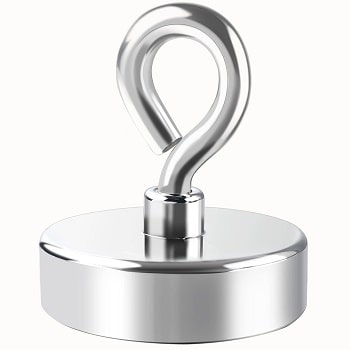
For magnet, I suggest you to get one backup magnet before going for your next magnet fishing adventure. If you lose one for some reason, the backup one will save your day.
Trash bags:
You’ll need to take some with you in order to put your catches in when you find them. Also, be aware that some items found may not be magnetic, so it is important to be prepared for this.
Waders:

Waders aren’t essential, but they can be very helpful if the water you’re fishing in is deep. They’ll keep your clothes dry and stop you from getting wet while you’re sorting through your finds. Here is my recommended wader for it.
A metal detector:
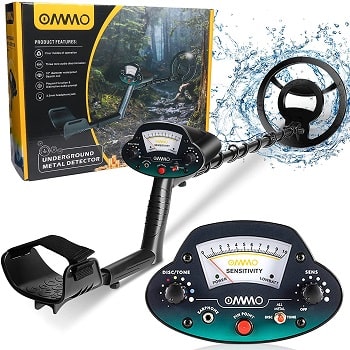
A metal detector can be a great help when magnet fishing, especially if you’re looking for something specific. It will help you to decide where to drop your magnet in the water. I have used OMMO Metal Detector few months back and its performance was mind blowing. Here is the link of the product.
Gloves:
If you’re using a metal detector, it’s advisable to wear gloves while you’re looking through your magnet fishing finds. This is because some of the objects you’ll find may have sharp edges or be covered in rust.
Grappling Hook:
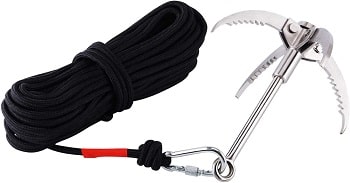
Although a magnet and rope should be able to bring up most items from the bottom of a river or lake, investing in a grappling hook can help you to reach those really deep spots. Ant mag grappling hook is my favorite for every kind of outdoor activities. You can get one from Amazon.
Magnet Storage:
To keep your magnet safe, avoid carrying it in a pocket near keys, coins or other metal objects. This could drain the magnetic energy from your magnet.
If you’re using your magnet for fishing regularly, it’s a good idea to clean it regularly. This will prevent dirt building up over time and it will make your magnet more efficient.
Ropes:
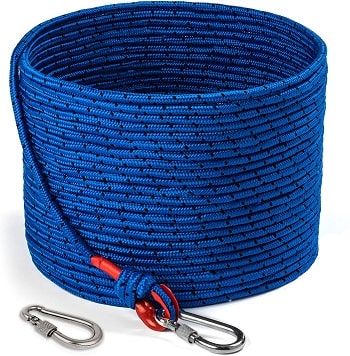
Magnet fishermen use ropes of different lengths and thicknesses depending on how deep they’re fishing and what they’re hoping to find. Thicker ropes are better suited to dragging, whereas thinner ropes are better for fishing with a bobber.
A good starter magnet fishing kit will usually contain all of the rope you need. If not available you can get this one.
How to magnet fish:
Now that you know what you’ll need, let’s take a look at how to go about magnet fishing.
First, you’ll need to find an area where people have thrown things into the water before. This could be a river located near a storm-drain, or simply an area where people gather to fish.
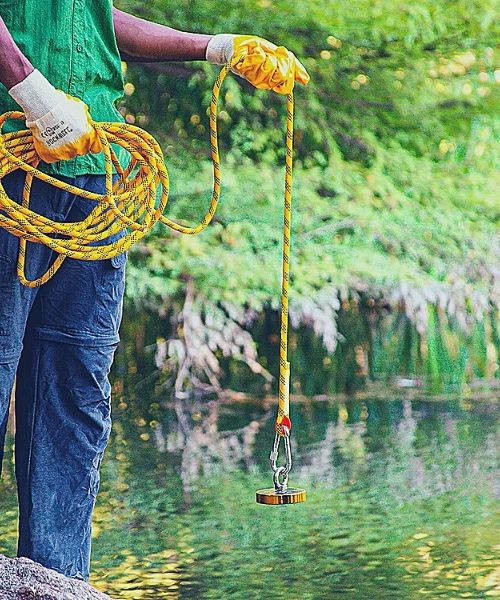
Once you’ve found a likely spot, it’s time to choose your magnet. Make sure that the magnet you choose is powerful enough to attract objects that you’re hoping to find (such as small jewelry pieces, coins etc.).
Next, attach your rope to the magnet and throw it into the water. If there are no items on the river bed, move 10 feet away from where you threw in your magnet and try again.
If you’re using a metal detector, you can use it to help you decide where to drop your magnet in the water. Sweep the detector over the area until it beeps or lights up, then drop your magnet there.
When you’ve finished fishing, it’s time to start sorting through your finds. Make sure you have a trash bag with you to put any non-magnetic objects in, and be careful of any sharp edges on the items you’ve found.
If you’re lucky, you may find a valuable item or two!
Where can I go Magnet Fishing?
Wherever there’s a body of water, there’s probably something interesting hidden beneath the surface. Some places are especially popular because they’re frequently used as dumping grounds by humans. These include storm drains that lead into rivers or lakes, areas near construction sites or storm-drain outlets, and popular beaches.
Where can’t I go Magnet Fishing?
Avoid fishing near bridge abutments, bridge piers, boat moorings, any sort of underwater structure (e.g. old bridge pilings or docks), harbor areas (where boating activity occurs) or anywhere that is frequented by people.
Magnet Fishing Tips:
Magnet fishing can be a fun and exciting activity, but it’s important to be aware of the dangers involved. Here are some tips for safe magnet fishing.
First:
Always check with local authorities before magnet fishing in any body of water. There may be restrictions in place or dangerous currents that could endanger your life.
Second:
Never attempt to magnet fish in areas with strong currents. These currents can quickly sweep you away, potentially causing serious injury or death.
Third:
Always use caution when handling magnets. Are powerful tools and can cause serious injuries if mishandled.
Finally:
Make sure you know your magnet fishing environment. Don’t go magnet fishing in areas where objects might snag the cable of your magnet and pull you into the water, such as shallow ponds or lakes. Instead, stick with larger bodies of water like rivers and oceans.
Conclusion:
So, what is magnet fishing? Magnet fishing can be a fun and rewarding activity, but it’s important to take the necessary precautions before heading out.
Always seek local advice about potential hazards and generally find out what the land is like beneath the water. With a few simple safety measures, you should be able to enjoy your magnet fishing without risk.

Andy Allan, a well-known fishing enthusiast and hiking professional, runs the blog. Andy is a Georgia-based outdoor enthusiast. He has hiked throughout the United States and parts of Australia.
He is also well-known for his passion for fishing, particularly for bass, steelhead, and salmon. Andy discusses his adventurous life, fishing and hiking equipment reviews, and blog posts on hiking and fishing tips and tricks in Outdoors Activity.


